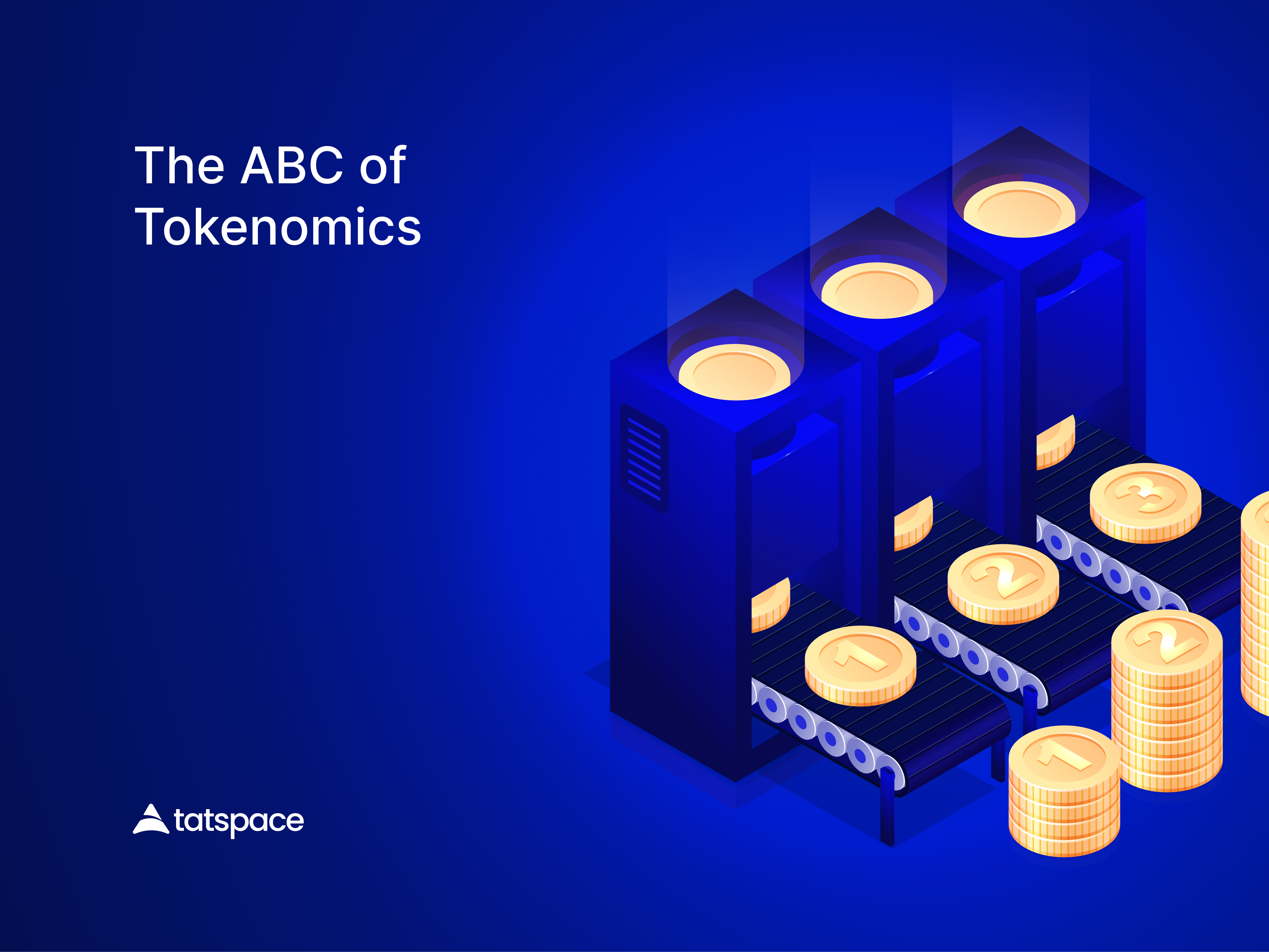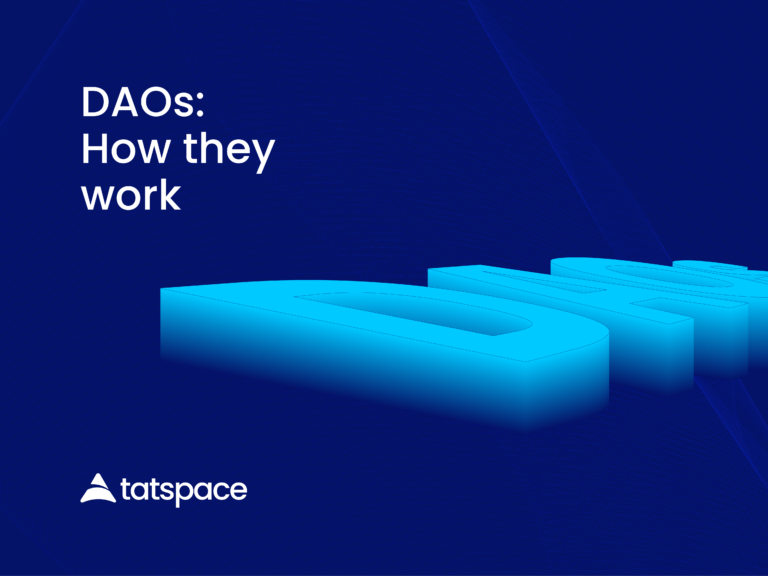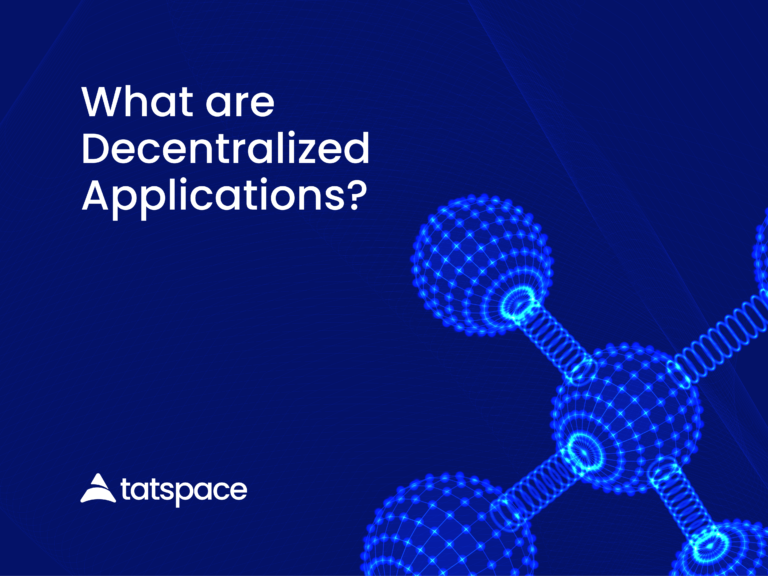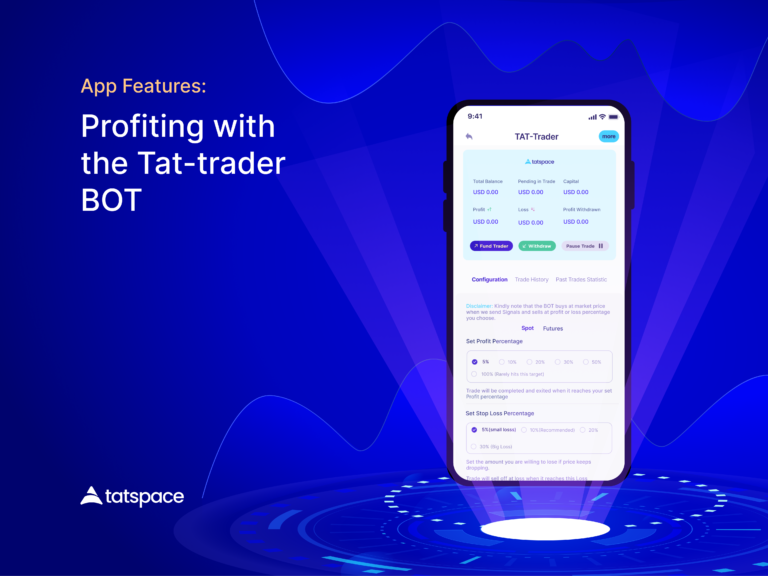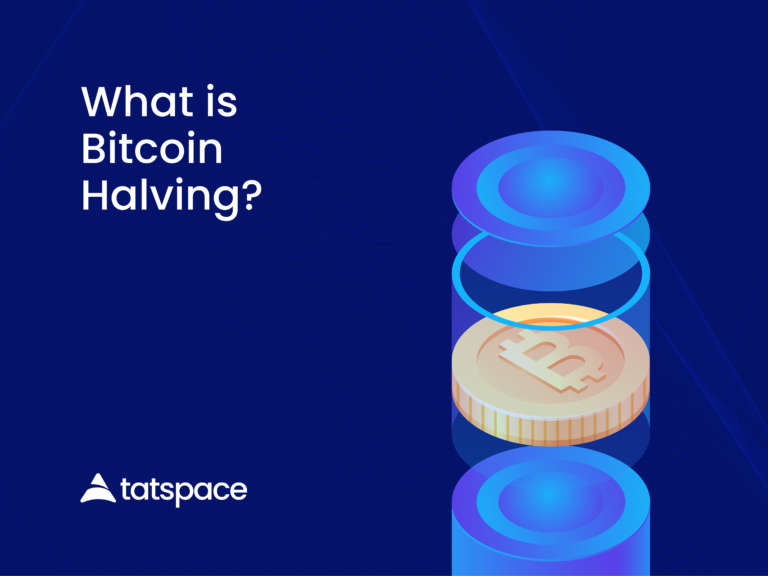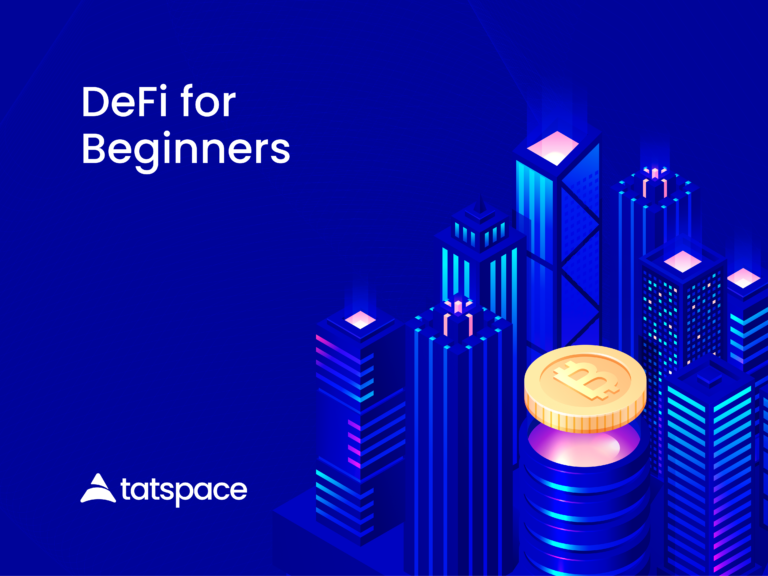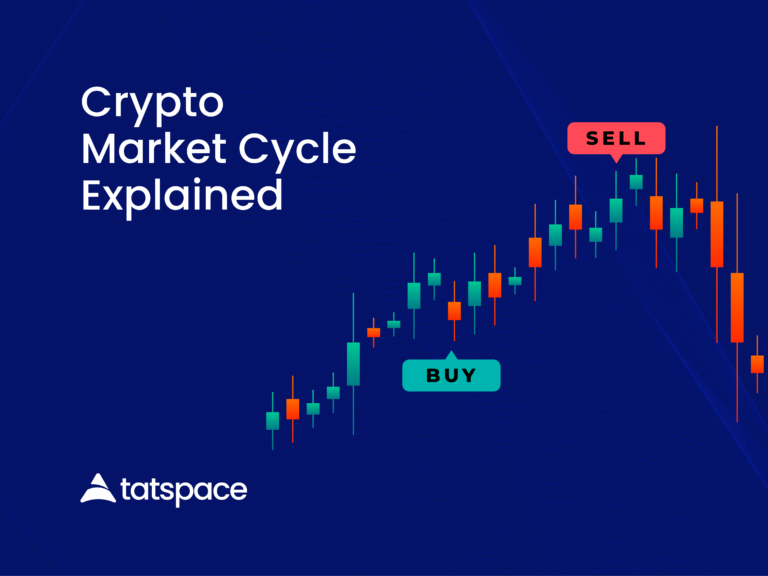Tokenomics is an important aspect of the world of cryptocurrency. Investors overlook this area in pursuit of the next gem, which can lead to poor choice of investment. This article breaks down the core aspect of Tokenomics in an easy way for both new and wannabe crypto investors and traders.
What is Tokenomics?
Tokenomics is the combination of two words, “token ” and “economics”. A token is a digital unit of a cryptocurrency that is used as a specific asset on the blockchain. Economics is concerned with production, consumption, and of transfer of wealth. It is also the scarcity, distribution, and usage of resources.
The study of token Tokenomics is the study of the token’s value and what affects it. It is a term used to describe the creation, distribution, supply, and factors that affect the growth of the crypto project. Token here refers to both coins and tokens of a crypto project. It tells us the number of tokens created, how many are in circulation, and how many will ever be. It is inflationary or deflationary over time.
Tokenomics shows the distribution, to who, and to what quantity. It tells how it is designed to benefit long-term investors and holders. It also covers the demand and supply of the token.
Term Associated With Tokenomics
There are important terms or factors to consider in the study of Tokenomics. These factors play a vital role in the valuation of the crypto project.
Circulating Supply and Locked Supply
The circulation supply(CS) is the number of tokens that are in public hands. They are tradable on the market. This doesn’t include burnt or vested tokens.
The Locked supply is the number of tokens that are available but can not be traded on the market. It is also called the vested supply. Vesting is the process of locking and distributing tokens within a given timeframe. These tokens are either purchased via IDO launchpads or are offered to partners, project teams, and community members as incentives for their contribution to the project development.
Total Supply and Maximum Supply
The total supply is the total number of tokens that have been created. It covers the whole token in existence, either in circulation or locked. Excluding the number of burnt tokens.
The maximum supply is the overall number of tokens that will ever be in existence. It covers both future released tokens as well as locked tokens. A token max supply can either be fixed or infinite.
Market Capitalization and Fully Diluted Valuation
The market cap is the total market value of a cryptocurrency’s circulating supply. It is the overall market value of all the tokens in circulation at the current price.
Market Cap = Circulation supply x token current price.
Fully Diluted Valuation, FDV, is the market cap of a token in relation to its maximum supply. It is the overall market value of crypto at the current price if the entire(both future) tokens were in circulation.
FDV = Max supply x current token price.
If we have a null or infinity supply. Then,
FDV = Total supply x current token price.
Emission Rate and Burn Mechanism
An emission rate is the speed at which new tokens enter into the circulating supply. A high rate of emission increases the token supply, which can lead to inflation. The slower and longer it takes for new tokens to enter into circulation, the better it is for the price growth of the token.
The Burn Mechanism is the way of removing tokens from circulation. Token burns mean removing tokens from circulation by permanently destroying them. It is to send a token to a frozen address, and the token can not be recovered once it is sent.
The burning of tokens is to reduce the supply which can make it deflationary. Scarcity and a working use case bring an increase in token demand, which brings an increase in the price of the token.
Token Allocation and Distribution
This is the sharing proportions of a token to users, investors, teams, community members, and the general public. A token’s distribution and allocation model can either be through fair launch or pre-mining. Either model, proper vesting solves the trouble of whale dumping or immediate sell-off.
Importance of Tokenomics
At this point, outlining the importance of Tokenomics will be of little good, as you have read how it plays a key role in the success of a crypto project.
Tokenomics not only tell of the supply of a token but also how the supply can increase/reduce over time. It helps investors in making the right decision, knowing how and when new tokens will be released into circulation. A well-planned Tokenomics attracts new and savvy investors who are ready to play the long-term game, which can bring price stability and steady growth to the crypto project.
Conclusion
An investor should understand the Tokenomics of a crypto project before investing in the project. A well-designed Tokenomics should also solve the problem of the pump-and-dump. A flaw in it can lead to a project failure, hence a failed investment.
Always DYOR beyond Tokenomics. Community hype, working products, founders, and team members. Partners and backers play an important role in the success of a crypto project.

